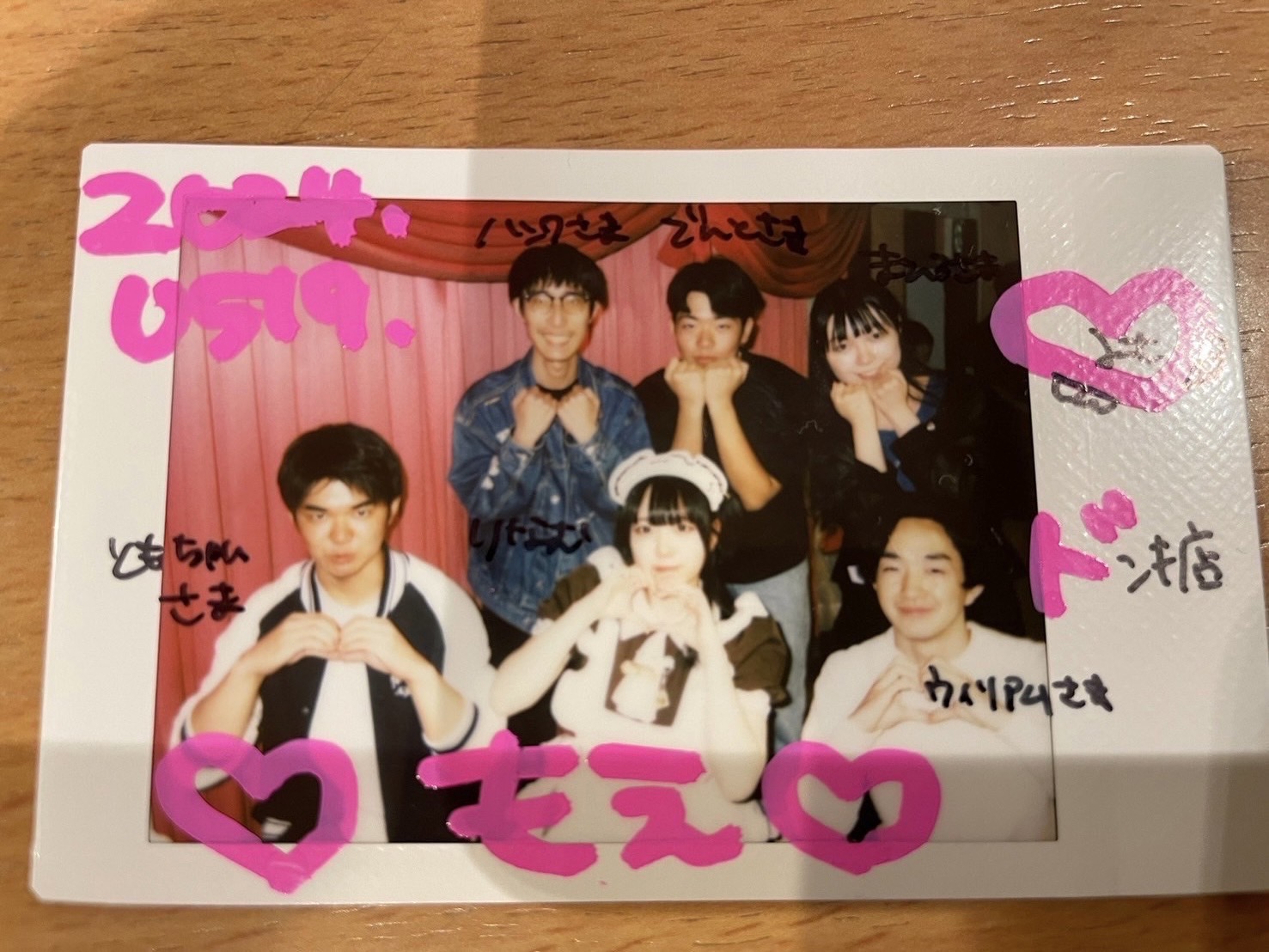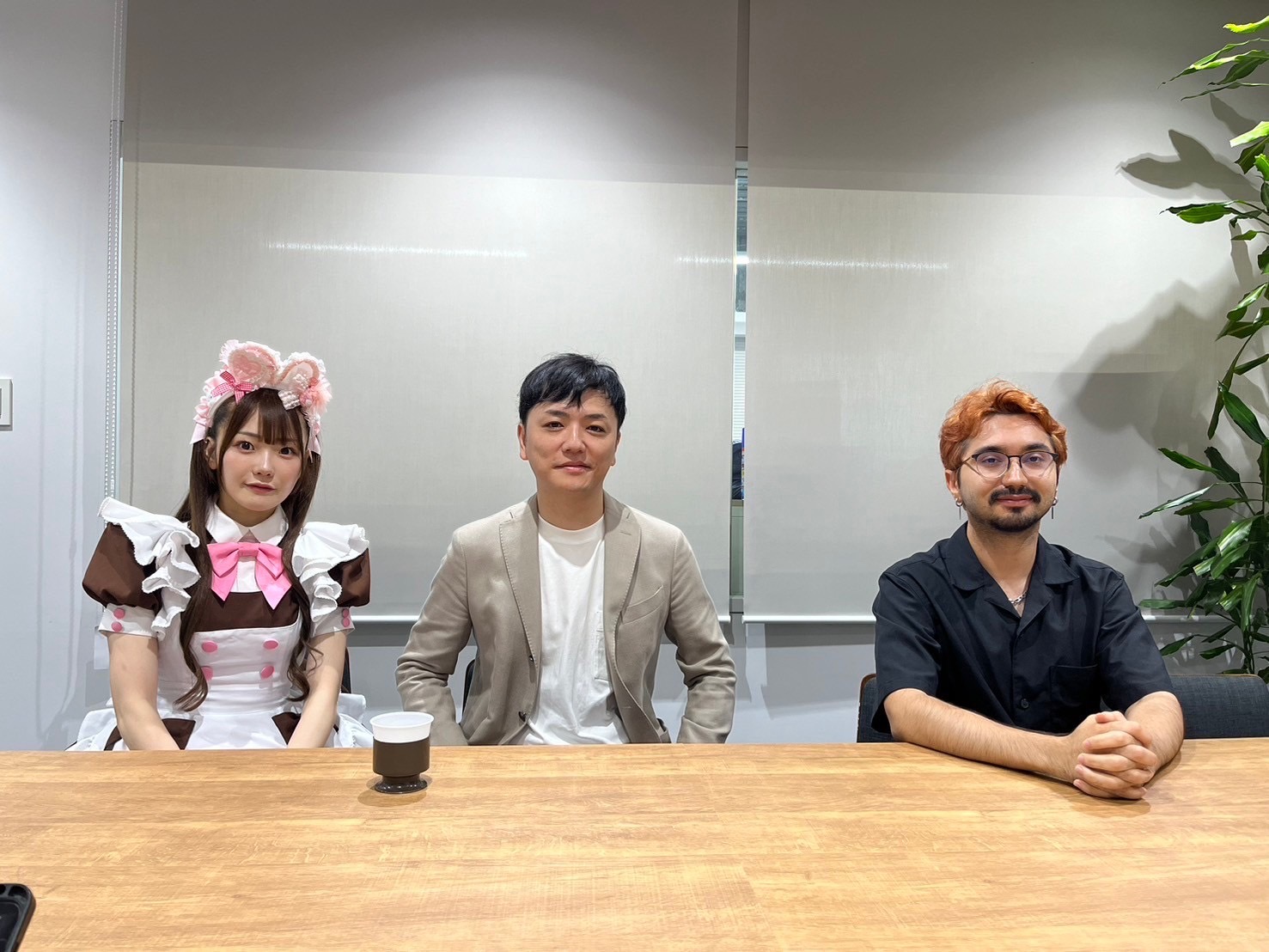Children Stay Anonymous and Silence
A university student won the international award for her film about Fukushima children.
“When you were a child, you played outside, bursting with energy. But Children in Fukushima are now not allowed to do so,” said Shoko Hara, who studies art design at University of Rabensburg, Germany.
This year, she won the “Yellow Oscar” award for her short animation film “Abita” in the 3rd Uranium Film Festival in Rio de Janeiro. The international contest deals with films about atomic energy.
In her film Hara depicted the dreams and the despairs of a girl in Fukushima who has been inside for months. Six thousands drawings and two months, that’s what Hara and her co-director needed for the four-minute-film.
Hara has lived in Germany for 14 years with her Japanese parents. Despite the fact that she speaks German better than Japanese, she still loves Japan and she means it.
“I am proud of people in Japan. I wanted to do something to help them, when the disaster hit Fukushima,” she said.
Material support such as sending money or clothes was not realistic for a university student. Instead, Hara decided to spread awareness through the making of film.
“One thing I knew for sure was that we should never forget the tragedy.”
“Abita,” the title of her short film, means bathed in Japanese; since the girl is exposed not only to sunshine but also to radiation. Sunshine represents radiation and so is the reason why she is hidden from the outside world, by adults wearing gasmasks. Locked in the room, she dreams of the world outdoors where she once played.
Hara was inspired by a book of a collection of paintings by Fukushima children. In it she saw lots of vivid images of mountains, the sea and rivers, where Fukushima children used to play before the disaster happened. The situation of the children has been shadowed by the escaped debris, so insists Hara. There was a lot of media coverage on tsunami debris, but not on the children.
“Children are the hope for the future. How can you be indifferent about them? Our humanity is tested.”
The little girl in her film stays anonyms, not speaking a single word. By having her voice unheard, it emphasizes our need to listen. Remember, how normal and natural it was for you to play outside after school. Now imagine, how you would feel, if you were forced to stay indoors, unable to feel the sunshine on your skin.
Hara’s message was summed up in the sentence appearing on the screen at the very end.
”This is a story of an ordinary girl.”
Edited by Asako Hamaguchi
Written by Aimi Asai
Postscript
I was very impressed at Shoko’s challenge. She devoted her talent and study achievements to making the society better. Understanding our own position as a member of the society and making a sense of it is something very important, but very difficult. By talking with Shoko, I was exposed to my insensibilities to the society, and hoped, that her masterwork will encourage Japanese student to think about themselves as with others and even take some actions.
Aimi Asai


